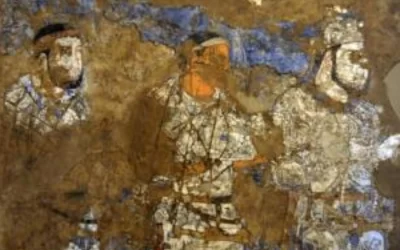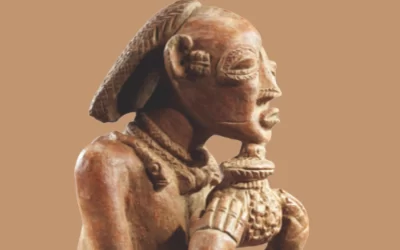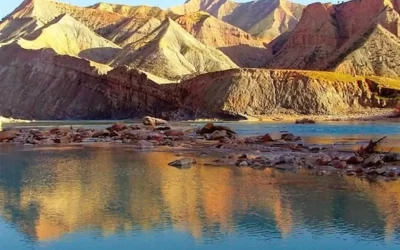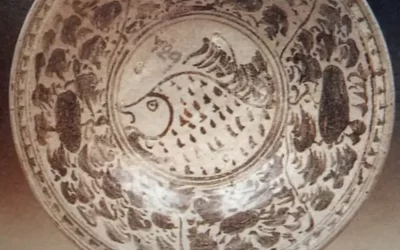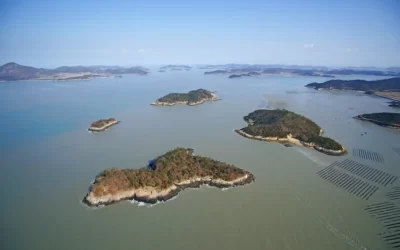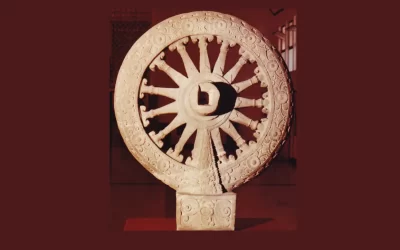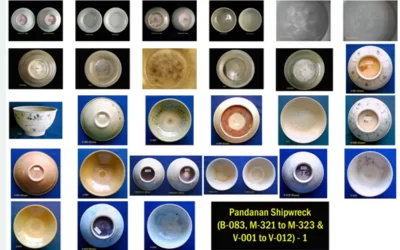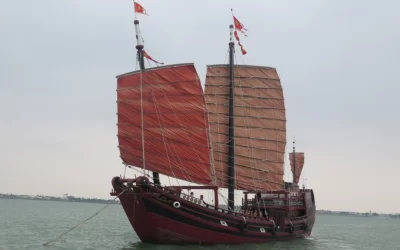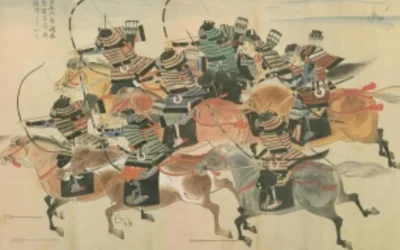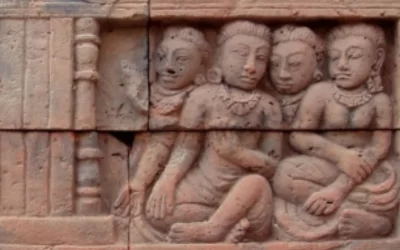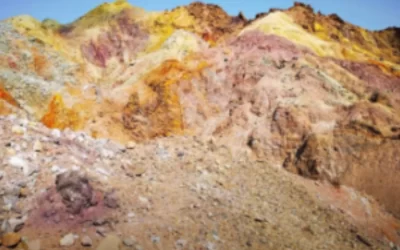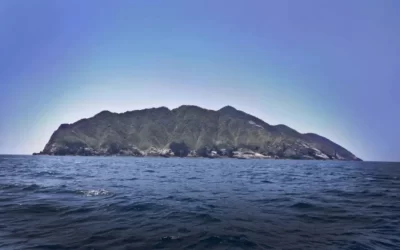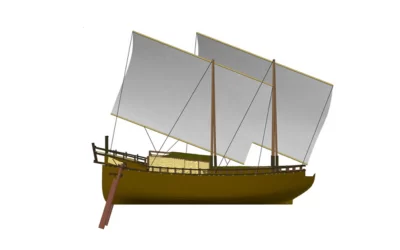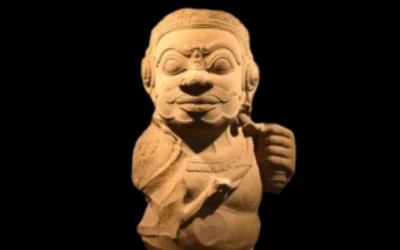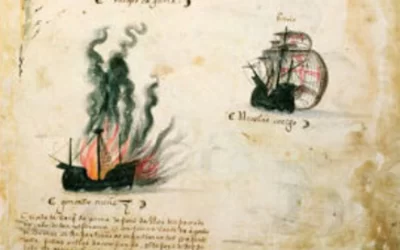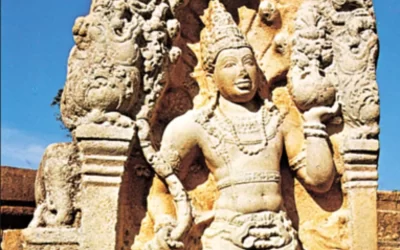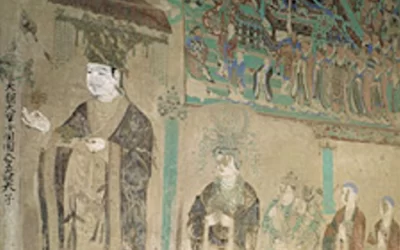Silk Road Virtual Museum eLibraries
The eLibraries offer free and immediate access to online resources for anyone wanting to explore further the context of the museum’s artifacts. As the museum develops, more resources, in more languages, will be added.
Subscribers to the newsletter will receive updates on all new developments. Any suggestions for additions to this list will be welcome.
Afrasiab eLibrary
Painted in the 7th century, these fragments once decorated the palace of the rulers of ancient Samarkand, depicting ambassadors, processions, and encounters along the Silk Roads. Though damaged by time, their colours and images still speak across centuries.
The Mali Empire eLibrary
The Mali Empire (c. 1235-1470) expanded from the upper Niger River to dominate West Africa. It’s power rested on control of key resources and the trade routes that carried them across the Sahara. Mali’s exports included gold from the Bambuk and Bure fields, salt from desert mines at Taghaza and Taoudenni, ivory from the savannah and forest elephants, and kola nuts, much prized as stimulants and as ritual offerings.
Siraf eLibrary
Explore the rise and decline of Siraf, a major port on Iran’s Gulf coast from 750 to 1000 CE. This exhibition brings together architecture, ceramics, anchors, and environmental evidence to show how maritime trade, coastal change, and human resilience shaped a city once central to Indian Ocean exchange.
Sattahip Ko Khram Shipwreck eLibrary
The Sattahip (Ko Khram) Shipwreck, dating to the late 14th or early 15th century, was found off Thailand’s coast with a diverse cargo of ceramics and trade goods. This virtual exhibition explores the ship’s construction, excavation, and historical context—shedding light on premodern maritime routes linking Thailand, Vietnam, and southern China.
Sinan Shipwreck eLibrary
The Sattahip (Ko Khram) Shipwreck, dating to the late 14th or early 15th century, was found off Thailand’s coast with a diverse cargo of ceramics and trade goods. This virtual exhibition explores the ship’s construction, excavation, and historical context—shedding light on premodern maritime routes linking Thailand, Vietnam, and southern China.
Phanom Surin eLibrary
Discovered inland in 2013, the Phanom-Surin wreck is a rare, nearly intact 9th-century vessel linked to the Dvaravati culture of central Thailand. Though carrying little cargo, it offers unique insights into early ship construction, inland water networks, and regional provisioning hubs like U Thong during Southeast Asia’s formative maritime era.
Pandanan Shipwreck eLibrary
Found off Palawan, the Pandanan wreck offers a rare glimpse into 15th-century maritime commerce. Carrying mostly Cham (Vietnamese) ceramics, Chinese porcelain, and glass beads, it reveals the vibrant regional trade networks that once connected Vietnam, the Philippines, and beyond
Nanhai One eLibrary
Discovered off the coast of Guangdong in 1987, the Nanhai One is a Southern Song merchant vessel preserved beneath the sea for over 800 years. This exhibition traces its recovery and conservation, revealing a remarkable cargo of ceramics, metals, and luxury goods once bound for global markets
Mongol Invasion of Japan eLibrary
In the 13th century, the Mongols launched two invasions of Japan—both repelled by typhoons later called kamikaze, or “divine winds.” This exhibition explores the legend and reality through different lenses.
Majapahit Empire eLibrary
The Majapahit Empire (1293–1500) was a powerful Buddhist–Hindu kingdom based in Java, whose influence extended across much of Southeast Asia. Renowned for its sophisticated court culture, temple building, and maritime trade, it played a central role in regional history before gradually declining under pressure from rising Islamic sultanates.
Hormuz eLibrary
Once a vital link between Persia, India, Arabia, and China, Hormuz thrived on trade and cultural exchange. This exhibition blends vivid eyewitness accounts with archaeological finds, revealing a world shaped by ambition, conflict, and the daily lives of those drawn to its strategic shores.
Okinoshima eLibrary
Okinoshima is a remote island shrine where ancient mariners between Japan and China once sought divine protection. Long hidden from view, Okinoshima remains a powerful symbol of cultural and spiritual connection.
Cirebon Shipwreck eLibrary
The Cirebon shipwreck carried a dazzling cargo—but our exhibition tells a different story. We focus on what was lost: archaeological context, accountability, and access.
Champa eLibrary
Champa flourished for over a millennium along Vietnam’s central coast, blending Indic, Khmer, and later Buddhist influences.
Calicut eLibrary
Long before Vasco da Gama’s arrival, Calicut thrived as the Indian Ocean’s busiest port, drawing merchants from Arabia, Persia, Africa, and China. This exhibition presents the city through travellers’ eyes—capturing its cosmopolitan energy and trade.
Ayutthaya eLibrary
Explore the world of Ayutthaya, a powerful Thai kingdom that flourished between 1350 and 1500. Discover how Ayutthaya’s legacy endures in temples, kilns, and golden relics that shaped Southeast Asian history.
Anuradhapura Kingdom eLibrary
The Kingdom of Khotan was founded around 300 BCE and flourished as a major hub along the Silk Road. Renowned for its production of jade and silk, it served as a vibrant centre of Buddhist culture and international exchange for over a millennium
Khotan Kingdom eLibrary
The Kingdom of Khotan was founded around 300 BCE and flourished as a major hub along the Silk Road. Renowned for its production of jade and silk, it served as a vibrant centre of Buddhist culture and international exchange for over a millennium
The Mamluk Sultanate eLibrary
The Mamluks were an elite warrior class of slave-soldiers, primarily of Turkic and Caucasian origin, who rose to power in Egypt and the Levant. Originally enslaved as young boys, in 1250 they overthrew their masters and established the Mamluk Sultanate, which rules for over 250 years.
Heavenly Horses eLibrary
Horses hold a distinguished place in Chinese culture, symbolizing power, speed, and celestial favour. Known as “heavenly” for their to the association with divine realms, these animals became emblems of status and strength
Khitan Empire eLibrary
The Khitan Empire, also known as the Liao Dynasty (907–1125), was a powerful nomadic state founded by the Khitan people in northern China and Mongolia.
Tibetan Empire eLibrary
The years 1261-1453 saw the Byzantine empire's last centuries, marked by cultural revival and artistic achievements. However. the political decline and constant threats ended with the fall of Constantinople.
Byzantium 1262-1453 eLibrary
The years 1261-1453 saw the Byzantine empire's last centuries, marked by cultural revival and artistic achievements. However. the political decline and constant threats ended with the fall of Constantinople.
Umayyad and Abbasid Caliphates eLibrary
The Tang Dynasty (618-907 CE) was a golden age of Chinese art, marked by flourishing painting, ceramics, and sculpture, reflecting a cosmopolitan culture and innovative artistic achievements
Tang Dynasty China Art eLibrary
The Tang Dynasty (618-907 CE) was a golden age of Chinese art, marked by flourishing painting, ceramics, and sculpture, reflecting a cosmopolitan culture and innovative artistic achievements
Vikings in the East eLibrary
In the 9th-10th centuries Norse traders navigated the Volga and Dnieper Rivers, linking Scandinavia with the Byzantine Empire and Islamic world, fostering trade and cultural exchange.
Sasanian Empire eLibrary
The Sasanian dynasty ruled for over four centuries from 224 to 651CE. At its peak the Empire encompassed all of present-day Iran and Iraq, and stretched from the Levant to the Indian subcontinent and from South Arabia to the Caucasus and Central Asia. The period marked a high-point in Persian civilization.
Silk Along the Silk Road eLibrary
Cilicia was a Christian Armenian kingdom situated in an area broadly comparable the south-eastern borders of Turkey with the Mediterrean. The fortress city of Sis was its capital. The region lay at a strategic position, just south of the mountain ranges between the Caspian Sea and the Black Sea.
Northern Song and Yuan Dynasty eLibrary
Genghis Khan, first conquered the Jin Dynasty. Then, Kublai Khan, captured and ruled China as the Yuan Dynasty. This period saw significant cultural exchange and economic expansion but also pestilence, famine and revolt.
Byzantium 500-1000 Mosaics eLibrary
From 330 to 1000 CE, the Byzantine Empire, with Constantinople as its capital, stood as a formidable force. Its mosaics uniquely contributed to a rich cultural identity.
The Golden Horde eLibrary
When the great Mongol leader, Ghangis Khan, died in 1225, he divided his empire among his four grandsons. Batu was assigned control over the most north-western territories, which became known as the Ulug Ulus (Great State) or, more commonly, ‘Golden Horde’. The ‘Pax Mongolia’, that stretched from the Horde’s western borders to China seas, opened up an era of prosperity along the overland silk road.
Afterlives Along the Silk Road eLibrary
Death was a fate suffered by everyone who lived and travelled along the Silk Road. What happened next, depended on individuals' religious beliefs. The exhibitions feature Christan, Zoroastrian and Buddhist art over three museums.
Caravanserai eLibrary
Merchants and travellers along the Silk Road faced many dangers, but for stretches of the journey they could rely on caravanserais. Situated at regular intervals along the most travelled routes, these buildings offered overnight shelter and refreshment for both man and beast. Travelling East to West, from the centre of China to the shores of the Mediterranean, the exhibition allows visitors to explore ten of these ancient monuments – the physical infrastructure of the trade and exchange that characterized the ancient ‘Silk Road'.
Chess along the Silk Road eLibrary
The modern game of chess is a perfect example of cultural exchange along the silk roads. Starting in the North-West of the Indian subcontinent, it entered Persia sometime around the 6th century CE. The game was carried to China by Buddhist monks, and by Islamic armies and traders throughout Central Asia. The Moorish conquest of Spain introduced the game into Europe, where it was eventually codified into its current form.
The Timurid Empire: The Court elibrary
Even by the standards of the time, Timur’s wars of conquest were particularly murderous but he and his successors promoted the arts and sciences and embellished their cities, especially Samarkand and Herat, with beautiful examples of Islamic architecture and splendid gardens. The miniature paintings in the exhibition offers a glimpse into the sumptuous life in the Timurid Court.
Sogdian Traders elibrary
The Sogdians were originally an eastern Iranian civilisation but were later concentrated in Central Asia, with Samarkand as the main city. Literally straddling the ancient silk roads, many became traders and settled in communities throughout Asia, but especially in China. Wherever they went, they took their language, culture and traditions with them. In the 8th century their civilisation became eclipsed by the Muslim conquests in the West and by their association an unsuccessful rebellion in China.
Map Room eLibrary
This is the latest version of an electronic library of resources supporting the Map Room exhibition. It offers free and immediate access to online resources for anyone wanting to explore further the context of the exhibition’s maps.
Venice eLibrary
Venice reached the peak of its imperial reach at the start of the 13th century with the seizure and sacking of Constantinople, the capital of the Byzantine Empire. In the aftermath, Venice acquired Crete and several other islands in the Aegean. In 1261, however, the recapture of Constantinople by the Michael VIII with the help of Genoa, Venice’s chief trade rival in the region, dealt a blow to the city’s prestige and prosperity.
Cilicia eLibrary
Cilicia was a Christian Armenian kingdom situated in an area broadly comparable the south-eastern borders of Turkey with the Mediterrean. The fortress city of Sis was its capital. The region lay at a strategic position, just south of the mountain ranges between the Caspian Sea and the Black Sea.
Overland Silk Roads History
The Silk Road was a term invented by the German explorer Ferdinand von Richthofen in 1877 CE to describe the overland trade routes between Asia and Europe. It spanned the period between approximately 200 BCE and 1500 BCE, with the intensity of trade fluctuating in inverse proportion to the prevalence of peace and prosperity in the region.
Early Ming Dynasty eLibrary
Mongols had ruled China since 1271 but plague, disease and increasing demands on the population led to discontent and revolt. In 1356 rebel forces seized Nanjing and it eventually became the capital of the new Ming dynasty.
Maritime Silk Roads History
Read through carefully selected articles and resources on the history of the Maritime Silk Roads. Some resources are available in English or Chinese.

